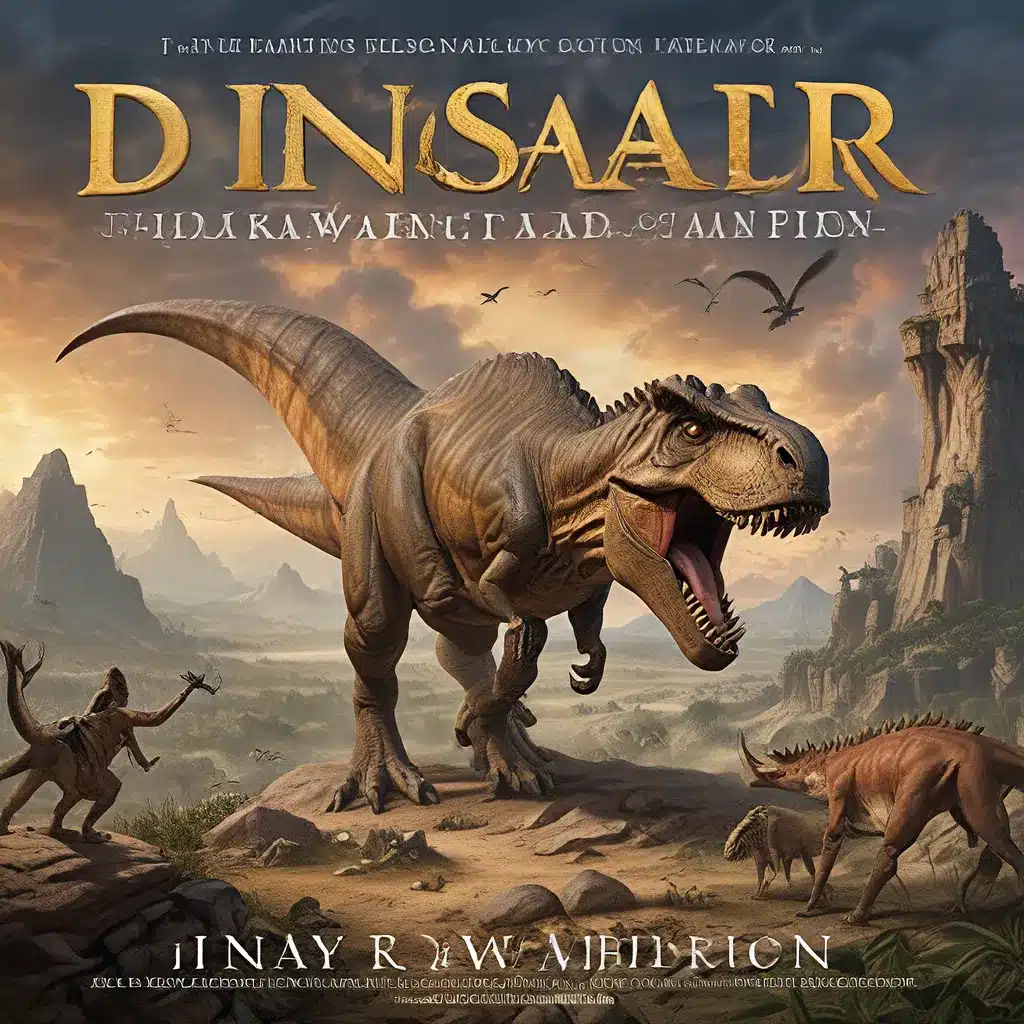
The Mesozoic Era, an age often referred to as the “Age of Dinosaurs,” was a time of unparalleled dominance for these fascinating creatures. For millions of years, dinosaurs ruled the Earth, diversifying into a myriad of species and shaping the very landscapes they inhabited. However, the story of their reign is not one of uninterrupted triumph, but rather a tale of rise and fall, punctuated by dramatic events that reshaped the planet and ultimately led to their demise.
The Jurassic Ascent: Conquering a World
The Jurassic Period, spanning from 201 to 145 million years ago, witnessed the dawn of the dinosaur’s golden age. During this time, these remarkable prehistoric beings continued to evolve and diversify, filling every ecological niche imaginable. From the towering sauropods that grazed on the lush vegetation to the ferocious theropods that prowled the land in search of prey, the Jurassic was a world dominated by the sheer scale and power of these ancient creatures.
The Jurassic also saw the emergence of some of the most iconic dinosaur species, such as the Brontosaurus, the Stegosaurus, and the Allosaurus. These giants, with their unique adaptations and specialized features, were able to thrive in the diverse environments that characterized the Jurassic landscape. Harnessing the abundant resources and favorable climatic conditions of the time, dinosaurs established themselves as the undisputed rulers of the world.
The Cretaceous Conundrum: Challenges and Upheaval
As the Jurassic gave way to the Cretaceous Period, lasting from 145 to 66 million years ago, the dinosaur dominion faced a series of significant challenges. The world was undergoing a profound transformation, with the continents slowly drifting apart and the climate becoming increasingly variable. These shifts in the global landscape and environmental conditions put immense pressure on the dinosaur populations, forcing them to adapt or perish.
The Cretaceous Period saw the rise of new mammalian species and the emergence of flowering plants, which began to compete with dinosaurs for resources. Additionally, the Cretaceous-Paleogene extinction event, commonly known as the K-T extinction, is believed to have been triggered by a massive asteroid impact that devastated the planet and ultimately led to the extinction of the non-avian dinosaurs.
While some dinosaur species managed to persist and even thrive during the Cretaceous, the overall trend was one of gradual decline. The once-mighty dinosaurs, which had dominated the Earth for millions of years, were facing an uncertain future, and their reign was slowly coming to an end.
Uncovering the Past: Decoding Dinosaur Mysteries
The study of dinosaurs and their world has been a captivating and ever-evolving field of research, with each new discovery shedding light on the complexities of their lives and the environments they inhabited. Paleontologists, armed with cutting-edge technologies and a relentless quest for knowledge, have unearthed a wealth of information that has transformed our understanding of these ancient creatures.
Paleontological research has revealed remarkable insights into the anatomy, behavior, and evolution of dinosaurs. From the discovery of feathered dinosaurs that challenged our preconceptions about their appearance to the identification of complex social structures within certain species, these findings have challenged and expanded our understanding of the prehistoric world.
Furthermore, the analysis of fossilized remains has provided a window into the environmental conditions that shaped the dinosaur’s world. By studying the geological context and the associated flora and fauna, researchers have been able to reconstruct the ecosystems in which these ancient creatures thrived, shedding light on the intricate web of life that existed during the Mesozoic Era.
The Enduring Legacy of Dinosaurs
Despite their ultimate demise, the legacy of dinosaurs continues to captivate and inspire people around the world. From the awe-inspiring displays in natural history museums to the enduring popularity of dinosaur-themed entertainment, these prehistoric giants have left an indelible mark on our collective imagination.
The fascination with dinosaurs extends beyond mere curiosity; it has also fueled scientific advancements and technological innovations. The study of dinosaur anatomy, for instance, has informed our understanding of evolutionary processes and biomechanics, while the development of advanced imaging techniques has revolutionized the way we study and reconstruct these ancient creatures.
Moreover, the mysteries and unanswered questions surrounding dinosaurs continue to drive scientific exploration and discovery. As new fossil sites are uncovered and cutting-edge analytical methods are developed, the understanding of the dinosaur dominion is constantly evolving, inviting us to delve deeper into the secrets of the past and uncover the untold stories of these remarkable prehistoric beings.
The Lost Kingdoms website, dedicated to exploring the rich history and cultural significance of ancient civilizations, recognizes the importance of understanding the Mesozoic Era and the rise and fall of the dinosaur empire. By delving into the fascinating world of paleontology and examining the pivotal events that shaped the fate of these prehistoric giants, we can gain valuable insights into the complex interplay between life, environment, and the forces of change that have defined the course of our planet’s history.


